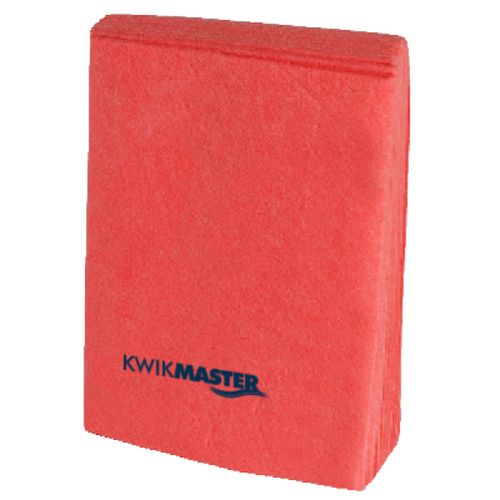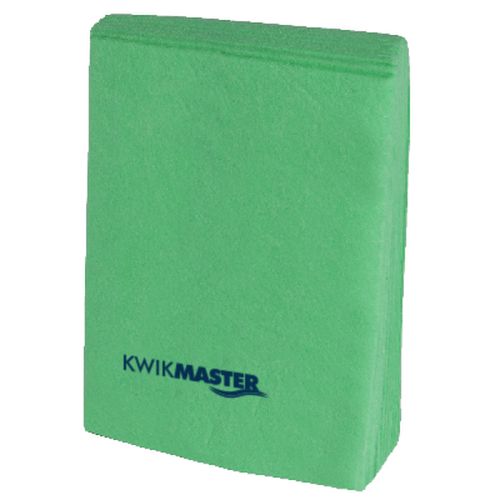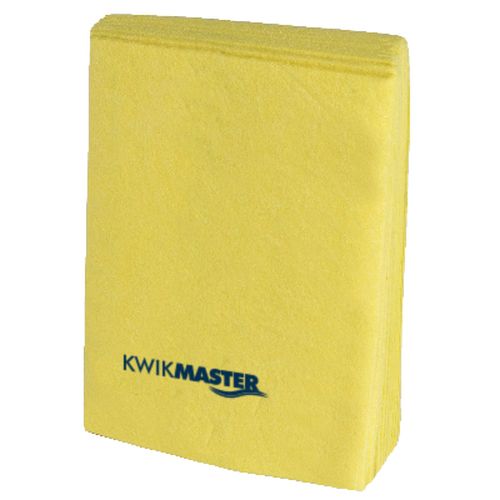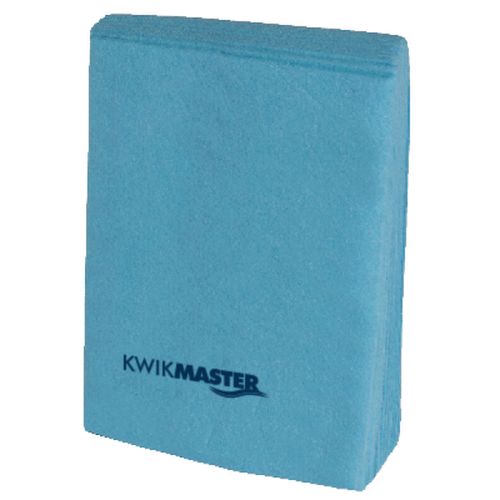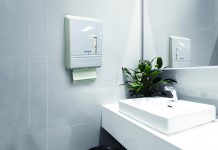Here’s a fact you might find hard to stomach: wherever you’re reading this copy of Flair, you’re likely to
be surrounded by germs. Whether you work in hospitality, healthcare, food production, or even an office, bacteria and viruses get everywhere.
Studies have revealed that the typical office desk is covered in no less than 10 million bacteria – 400 times more than a toilet seat – contributing to staff sick leave. Further adding to the casualty list are the numbers of foodborne illnesses, which amount to an estimated 4.1 million cases in Australia each year and a further 200,000 in New Zealand.
While food contamination can occur in the home, food production facilities are obviously susceptible to the spread of germs. Yet much of this is preventable. As an example, Norwegian research has shown that improved cleaning quality in an office environment can actively help to reduce the number of sick days taken by staff.
There are, in fact, a couple of simple hygiene approaches you can promote to immediately improve the cleanliness of your workplace. One idea is adopting a colour-coded cleaning system to eradicate cross-contamination.
This easy solution involves using a range of differently coloured cloths for specific jobs, and ensuring these cloths are only used for their designated purpose and area.
They are as follows:
RED: for areas that present a high risk of contamination such as toilets and bathrooms
GREEN: for kitchens and food preparation, and food-service areas
YELLOW: for areas of potential infection, such as hospitals
BLUE: for general cleaning of low-risk areas such as desks and tables
WHITE: for operating theatres and clinical areas.
Additionally, it’s important to ensure you are cleaning as effectively as possible by using an ‘S’ wipe method. This helps to truly eradicate bacteria and viruses, while a traditional up-down or side-to-side approach is more likely to spread germs around a surface. It’s also a good idea to use wipes that are best designed for the job. A multi-purpose wipe is unlikely to be strong enough for cleaning up in bacteria-heavy food-production or healthcare environments.
In this instance, use heavy-duty wipes, which have a high absorbency and are ideal for large areas and tackling stubborn dirt and grime.


